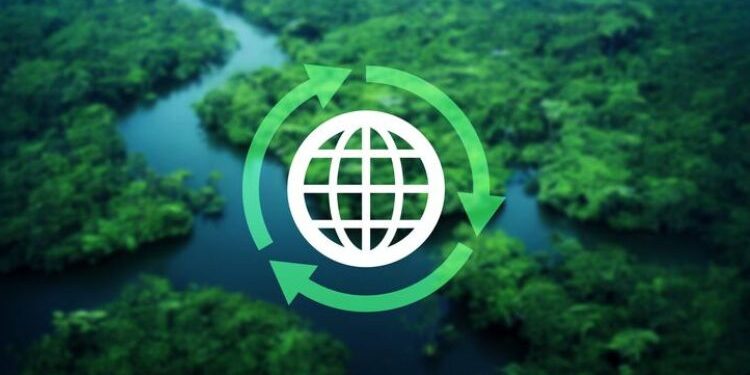Sure, here is a 1000-word article from MarketWatch:
The Future of Plastics: Sustainable Materials That Are Here to Stay
Plastics are a ubiquitous part of our lives. They’re used in everything from food packaging to toys to medical devices. But plastics have a dark side: they’re often made from fossil fuels, and they can pollute the environment when they’re not disposed of properly.
In recent years, there’s been a growing movement to develop more sustainable plastics. These plastics are made from renewable resources, such as plants or algae, and they can be composted or recycled at the end of their life.
There are a number of different types of sustainable plastics available, each with its own advantages and disadvantages. Some of the most common types include:
- Bioplastics: Bioplastics are made from renewable resources, such as corn starch, sugarcane, or vegetable oil. They can be composted or recycled, and they often have a lower environmental impact than traditional plastics. However, bioplastics can be more expensive than traditional plastics, and they may not be as durable.
- PLA (polylactic acid): PLA is a bioplastic that is made from corn starch. It is compostable and biodegradable, and it is often used in food packaging and other disposable products. PLA is relatively strong and lightweight, but it can be more expensive than traditional plastics.
- PHA (polyhydroxyalkanoates): PHAs are bioplastics that are produced by bacteria. They are compostable and biodegradable, and they have a number of properties that make them ideal for use in medical devices and other applications where high performance is required. However, PHAs are relatively expensive to produce, and they are not yet widely available.
- Starch blends: Starch blends are made from a combination of starch and other materials, such as plasticizers or cellulose. They are compostable and biodegradable, and they are often used in food packaging and other disposable products. Starch blends are relatively inexpensive, but they may not be as durable as some other types of sustainable plastics.
The development of sustainable plastics is still in its early stages, but it has the potential to make a significant impact on the environment. By using sustainable plastics, we can reduce our reliance on fossil fuels and help to protect the planet.
In addition to the environmental benefits, sustainable plastics also offer a number of economic advantages. They can be produced at a lower cost than traditional plastics, and they can create new jobs in the bioplastics industry.
The market for sustainable plastics is growing rapidly. In 2020, the global market for bioplastics was valued at $3.5 billion. It is expected to grow to $12.2 billion by 2028.
The growth of the sustainable plastics market is being driven by a number of factors, including increasing consumer awareness of environmental issues, government regulations on plastic pollution, and the development of new bioplastic technologies.
As the sustainable plastics market continues to grow, we can expect to see even more innovative products made from these materials. Sustainable plastics have the potential to make a real difference in the fight against climate change and plastic pollution.
Here are some of the challenges and opportunities facing the sustainable plastics industry:
- Challenges:
- The cost of sustainable plastics is still higher than traditional plastics.
- There is a limited supply of some sustainable plastics, such as PHAs.
- There is a lack of awareness among consumers about sustainable plastics.
- Opportunities:
- The market for sustainable plastics is growing rapidly.
- There is a need for sustainable plastics in a number of industries, such as food packaging, medical devices, and automotive.
- Governments are increasingly regulating plastic pollution, which could create demand for sustainable plastics.
The sustainable plastics industry is at a crossroads. The technology is there, but the market is still developing. If the industry can overcome the challenges it faces, sustainable plastics have the potential to revolutionize the plastics industry and help to create a more sustainable future.
Here are some of the companies that are leading the way in the development of sustainable plastics:
- Mirum Materials
- Origin Materials
- BASF
- NatureWorks
- Danimer Scientific
These companies are developing a wide range of sustainable plastics, from bioplastics to compostable plastics. They are also working to scale up production and bring these products to market.
The future of plastics is sustainable. As the demand for sustainable plastics grows, we can expect to see even more innovative products made from these materials. Sustainable plastics have the potential to make a real difference in the fight against climate change and plastic pollution.














